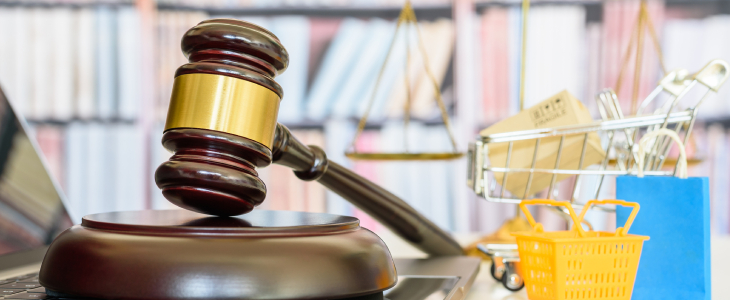Unfortunately, history has seen many products cause serious injuries to customers. Pharmaceutical products, medical devices, consumer products, and building materials have produced countless injuries and deaths. A product liability claim can help you recover compensation for injuries you or a loved one suffered due to defective products.
3 Types of Defective Products
The law recognizes the extensive harm that can result from defective products and allows injured victims to pursue claims using a legal theory called “strict liability.”
Under strict liability, you do not need to prove the manufacturer intended to produce or release defective products. You do not even need to show the manufacturer knew of the product’s defect. Instead, you only need to show that the product was defective when it left the manufacturer’s control.
Product defects fall into three categories:
1. Design Defect
A design defect means the product has an inherent flaw that makes it dangerous when used for its intended purpose. In other words, an inherently defective product has no safe use.
This type of defect has many notorious examples. Children suffered injuries from lawn darts no matter how carefully they used them. Doctors prescribed thalidomide for morning sickness, but it caused birth defects in the children born to the mothers using it. And Takata airbags could explode unexpectedly under normal use.
2. Manufacturing Defect
Sometimes a product has a safe use, but not in the form released to the public. The difference between design defects and manufacturing defects arises from where the defect happened. Design defects come during the engineering phase while manufacturing defects happen at the factory.
An example of a manufacturing defect occurred during the 1990s. Firestone tires suffered from tread separation at high speeds. As a result, drivers would lose control of their vehicles and collide with others or overturn. The problem was traced to a factory where the adhesive between tire layers was thinner than called for in the design.
3. Warning Defect
A product can have a warning defect in a few situations, including:
- The instructions fail to explain how to use the product safely
- The instructions fail to warn against reasonably foreseeable misuse
Warning defects often arise in cases involving toxic exposures. For example, tobacco companies knew for decades that smoking causes cancer, but they fought against putting warning labels on cigarettes.
Similarly, asbestos product manufacturers knew of health hazards from inhaling asbestos fibers. These companies did not warn workers to wear respirators and ventilate their work areas when working with their products.
Proving a Product Liability Claim
To win a product liability claim, you must prove:
- The product was defective
- You suffered losses
- The defect caused your losses
Proving a product’s defects will often require expert testimony. The expert, typically an engineer or scientist, tests the product and analyzes its design. The expert’s report summarizes the analysis and gives your lawyer the ammunition to pursue a claim on your behalf.
Your losses come from your injuries. After a product malfunctions, you will likely need costly medical treatment. You may miss work while you recover from your injuries. You may even suffer from permanent disabilities and disfigurement.
But to seek compensation, you need to establish a causal link between the product defect and your injuries. In some situations, you need an expert witness to make this connection. For example, proving a link between exposure to a common pesticide and your cancer might require a review of the scientific literature or even experimental data.
In other situations, causation will be evident. Suppose your injuries happened in a car accident when your brakes failed. If you can show your brakes were defective, causation should be clear.
Preparing Your Product Liability Case
A lawyer can provide valuable assistance with a product liability claim. They have connections with experts who can testify on your behalf. They also know how to use court procedures to gather evidence during the discovery phase of litigation.
Contact Saeedian Law Group, a Los Angeles personal injury law firm, to learn how we can help with your product liability claim.
